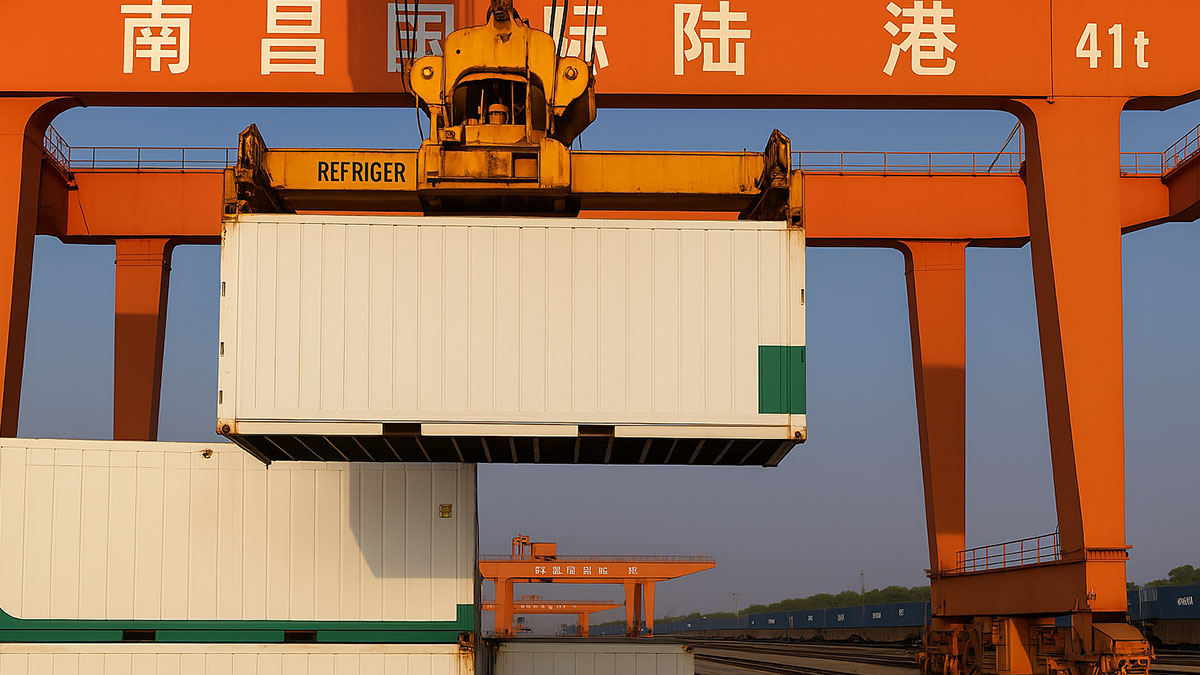
ASEAN-China trade has undergone a significant transformation over the past few decades, evolving from traditional commodity-based exchanges to a highly integrated and digitalized economic relationship. This shift has been driven by regional free trade agreements, technological advancements, and the rapid rise of e-commerce platforms that connect businesses and consumers across borders. While digitalization has expanded trade opportunities, concerns over market imbalances, economic dependence, and regulatory barriers continue to shape ASEAN's long-term trade strategy.
ASEAN-China trade growth and regional agreements
The formalization of trade between ASEAN and China gained momentum with the ASEAN-China Free Trade Agreement (ACFTA), signed in 2002 and fully implemented in 2010. This agreement has significantly reduced tariffs and facilitated cross-border trade, making China ASEAN's largest trading partner since 2009. By 2023, ASEAN-China trade had surpassed $900 billion, with China also emerging as ASEAN's largest export destination.
ASEAN economies have benefited from China's demand for raw materials, agricultural goods, and intermediate products, while China has supplied ASEAN with consumer electronics, industrial machinery, and high-tech products. Additionally, the Belt and Road Initiative has played a crucial role in expanding regional trade infrastructure, including investments in ports, highways, and railways, further enhancing supply chain connectivity.
The rise of e-markets and digital trade
One of the most significant shifts in ASEAN-China trade has been the rise of digital platforms and e-commerce, transforming traditional trade into an interconnected e-market. Chinese tech giants such as Alibaba, JD.com, and Tencent have expanded into Southeast Asia, facilitating cross-border e-commerce through platforms like Lazada, Shopee, and TikTok Shop.
This digital shift has been accompanied by the rapid adoption of mobile payment systems such as Alipay, WeChat Pay, GrabPay, Shein, Gojek, allowing for seamless transactions across ASEAN and China.
The growth of digital trade has helped small and medium-sized enterprises access the Chinese market, reducing the reliance on traditional trade barriers and enhancing economic inclusivity.
ASEAN's digital economy is projected to reach $1 trillion by 2030, supported by investments in 5G, artificial intelligence, and cloud computing. China's Digital Silk Road has further deepened ASEAN's digital integration by enhancing internet connectivity, data centers, and e-commerce logistics.
However, despite the benefits, challenges related to cybersecurity, digital taxation, and regulatory differences remain.
As ASEAN continues its transition from e-market to a more open and competitive free market, its ability to establish fair trade rules, promote innovation, and strengthen economic sovereignty will be critical.
The future of ASEAN-China trade will depend on balancing economic engagement with China while ensuring long-term regional stability and economic resilience.
Phar Kim Beng, PhD, is professor of ASEAN studies at Islamic International University Malaysia (IIUM) and senior research fellow, Asia-Europe Institute, Universiti Malaya
Article was first published at the China Global Television Network (CGTN) on 11 April 2025.
Last Update: 18/04/2025